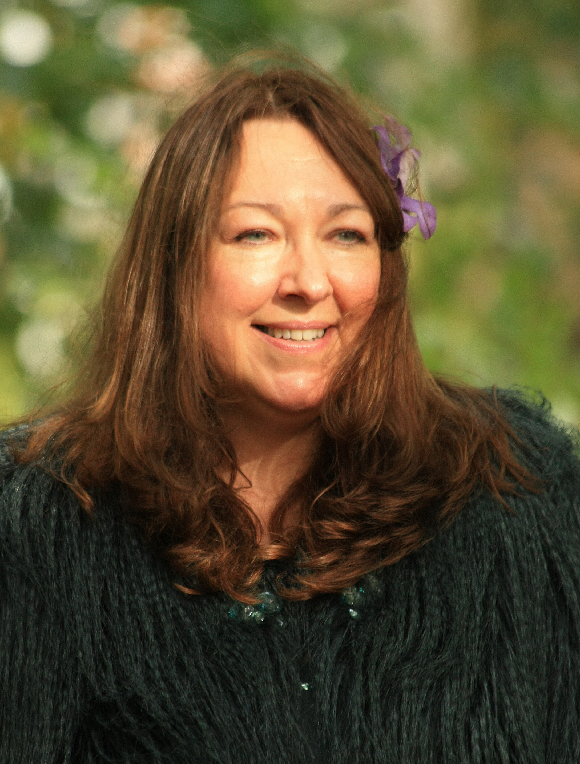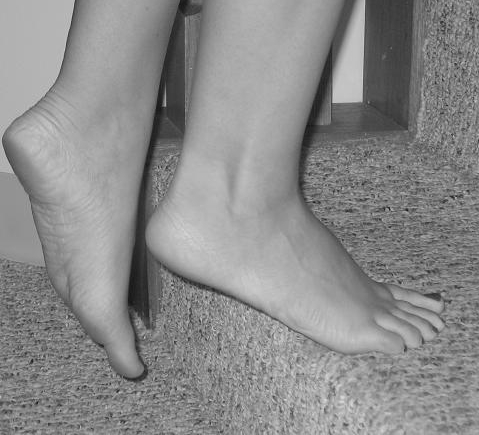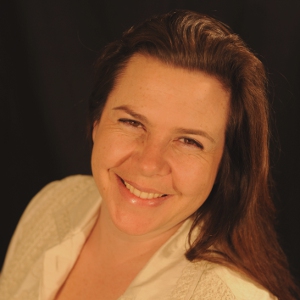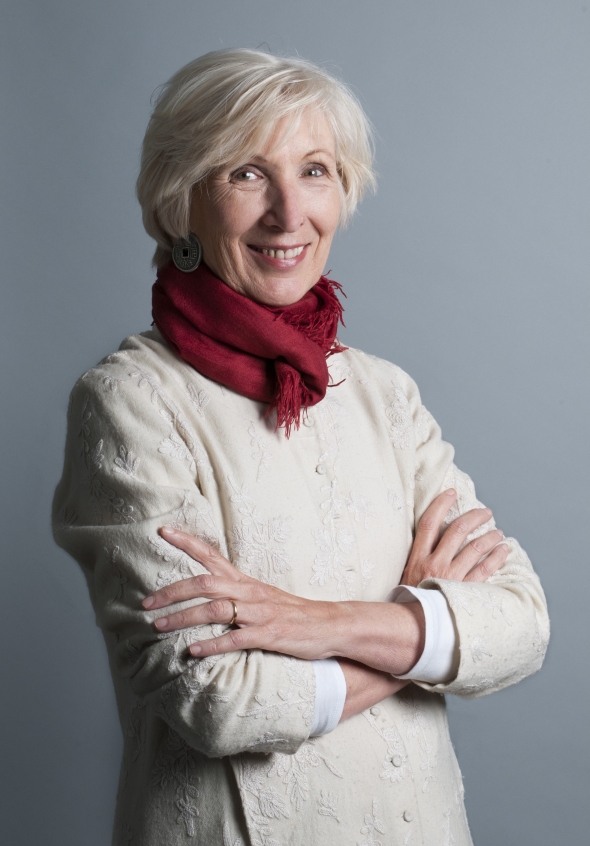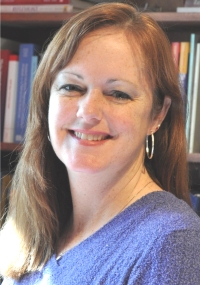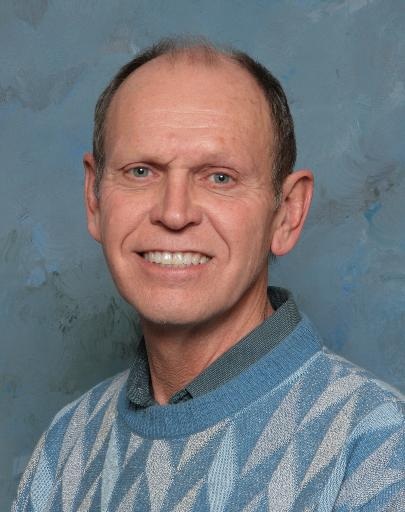 Noah Karrasch is a certified Rolfer and licensed massage therapist, and holds a teaching degree from the University of Missouri, Columbia. He teaches core bodywork skills throughout the mid-west United States and also works with the Wren Clinic in East London, UK.
Noah Karrasch is a certified Rolfer and licensed massage therapist, and holds a teaching degree from the University of Missouri, Columbia. He teaches core bodywork skills throughout the mid-west United States and also works with the Wren Clinic in East London, UK.
In 2009 Noah published Meet Your Body, a practical guide for anyone looking for effective ways to release bodymindcore trauma and improve their health and overall happiness.
In this interview Noah shares some insights from his new book for practitioners, Freeing Emotions and Energy Through Myofascial Release, and explains how his unique but simple approach reflects a paradigm shift towards “true healing”.
This is your second book for Singing Dragon – your first was essentially a self-help book, and this one is for practitioners, and has led away from the purely physical to the emotional plane. What was the impetus to make this transition?
The longer I work, the more convinced I am that the only dis-ease is the slowdown of energy. I’m more and more intrigued with the ‘why’ of that slowdown, and find that introducing the emotional aspect of bodymindcore into my physical work is producing good results. I want to challenge other practitioners to begin trusting both the presence of the emotional component of physical dysfunction and their own intuitive abilities to coax change in clients by honoring and inviting release of these old and often unaddressed emotional wounds.
You have drawn concepts from Indian and Chinese energetic medicine into the book. Could you say something about how you feel this adds to a practitioner’s understanding of their work?
I’m asking practitioners to make a paradigm shift from whatever their personal primary ‘healing’ tool or technique has been; to begin looking at a larger picture—a picture that includes the chakra system, the meridian system and the psychology of the body as well as the myofascial system. The commonality: all four systems represent a whole being, not just a stiff back, a sore hip or a frozen shoulder. I want to know what that shoulder is doing, and feeling, in relation to the meridians, the myofascial lines of stress, the neighboring chakras, and the emotions stored in the shoulder, and arm, and heart, and low back. I want practitioners to think outside their personal techniques box and begin to believe they can respect, understand, and chase energy movement through the bodymindcore, relying on a different set of old, established and proven tools given to us and used by other cultures successfully over the years.
You’ve also introduced a new and imaginative descriptive vocabulary in the book, words like “forwardupback” and “outlong” that make perfect sense when you say them. Can you say more about how you feel you are pushing the borders of language with this work as well as the borders of existing physical practice?
 Pushing the borders? Well, maybe, and hopefully—that’s what a good practitioner does. All I really want to do is get therapists thinking that if clients participate, and learn to stretch in several directions at once while the therapist applies pressure (physical or emotional/psychological), energetic blocks are challenged and dissolved! My world has gotten so simple: If one can lift the head out of the heart, pull the groin out of the gut, and create space between all four of these major centers, energetic flow will increase and health will be enhanced. Health really can be as simple as remembering our elders telling us to ‘stand up straight’, and doing it! The more we can learn to think of creating space between disparate segments of the bodymindcore, the less energetic blocks can cause dis-ease and dis-order. The longer one thinks in this model, the more one is able to create their own movement cues that challenge longer, cleaner energy lines through the body.
Pushing the borders? Well, maybe, and hopefully—that’s what a good practitioner does. All I really want to do is get therapists thinking that if clients participate, and learn to stretch in several directions at once while the therapist applies pressure (physical or emotional/psychological), energetic blocks are challenged and dissolved! My world has gotten so simple: If one can lift the head out of the heart, pull the groin out of the gut, and create space between all four of these major centers, energetic flow will increase and health will be enhanced. Health really can be as simple as remembering our elders telling us to ‘stand up straight’, and doing it! The more we can learn to think of creating space between disparate segments of the bodymindcore, the less energetic blocks can cause dis-ease and dis-order. The longer one thinks in this model, the more one is able to create their own movement cues that challenge longer, cleaner energy lines through the body.
As a practitioner, do you feel it is important to understand the techniques you practise from the point of view of your own body?
I spend a lot of time just living in and dialoguing with my body. I received a great compliment from my mentor Emmett Hutchins (lead tutor at the Guild For Structural Integration) recently. After reading Meet Your Body, he told me how impressed he was by my clear desire to self-reflect and learn as much as possible about bodies through my experience of my own body. This is tremendously important for a practitioner! Just as I don’t want to be treated by a deep tissue therapist who never allows others to touch him or her, I don’t want to be the therapist who tries techniques out on clients without first having some idea about how these techniques will serve, or inhibit, personal growth. I’ve got to serve as my own taster to see what’s healthy and what’s not.
What do you find is the most challenging aspect of your work?
Actually, currently time management is the biggest problem for me. It’s delightful to be wanted by others; it’s also important to learn to set realistic goals and boundaries of what I can and cannot accomplish. I’ve decided that time and money are commodities; I believe I have enough money, but I’m not sure how much time I have! I get busy and forget to take care of myself in my desire to help others. I can’t fill others from an empty cup.
In terms of bodywork, similarly, my greatest problem is trying to maintain the connections with clients in several states and countries, remembering where we are with each client’s healing process.
In terms of writing, I’m far too artistic! Any published book is merely what I thought at that particular time; several things in my new book, Freeing Emotions and Energy Through Myofascial Release, could probably have been explained more clearly, or have crystallized for me since I’ve written. The acquisition and understanding of knowledge is an ongoing thing. It’s hard to set anything in stone, when tomorrow a new piece may be revealed that sets on its ear everything I believed yesterday!
Having said that, I’m quite pleased with Freeing Emotions and Energy Through Myofascial Release which begins the dialog, gets practitioners thinking of energetic models, and creates more client accountability.
Do you feel this field is expanding into new areas, and if so, where do you think the interesting work is going to be done in the next few years?
Oh, my, yes! When I first read Ida Rolf’s book 28 years ago, and when I started doing bodywork 25 years ago, I was considered pretty ‘far out’. Today, Rolfing and bodywork have become mainstream. Most hospitals have added complementary and alternative medicine departments, because the public is demanding them.
There are those who try to quantify the work I suggest, and ask “What good is a massage or bodywork session if one can’t measure the results?” I’ve never been a fan of forcing results to be quantified, because my clients aren’t research subjects—they’re people! While there’s got to be some meeting of minds between science and spirit, I hope to give more practitioners of any discipline, permission to intuit how to best serve their clients, respecting science, but honoring intuition and common sense. I see this becoming more important to true healing, and where true healing is headed, regardless of technique.
My model is hopefully based on common sense. I encourage clients—and I see this change happening in various disciplines—to take charge of their own process and their own healing. I believe we’re coming to a juncture in our health care system where personal responsibility and gut level, honest self-reflection are the tools that will best allow us to find our way out of dis-ease, and back into the free flow of energy through the bodymindcore. I believe more practitioners are realizing this need for work to free the core of the person instead of trying to fix the external symptoms. It’s liberating even as it’s also harder work for the client. But I truly believe any common sense energy medicine model of the future will demand clients’ participation in their healing; not just their physical presence, but their emotional and energetic presence as well. It’s an exciting new world of healing we’re entering!
Copyright © Singing Dragon 2012.
